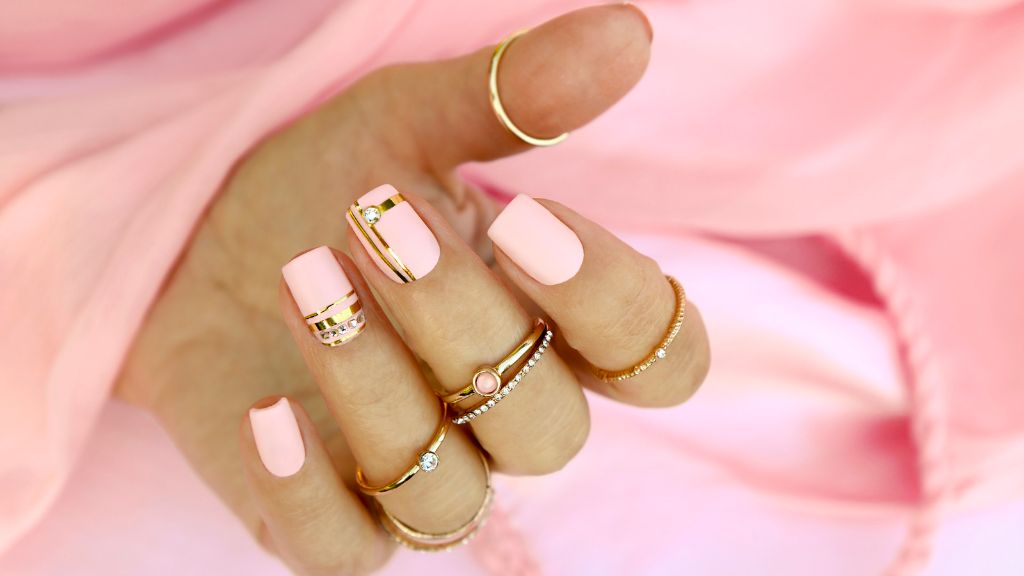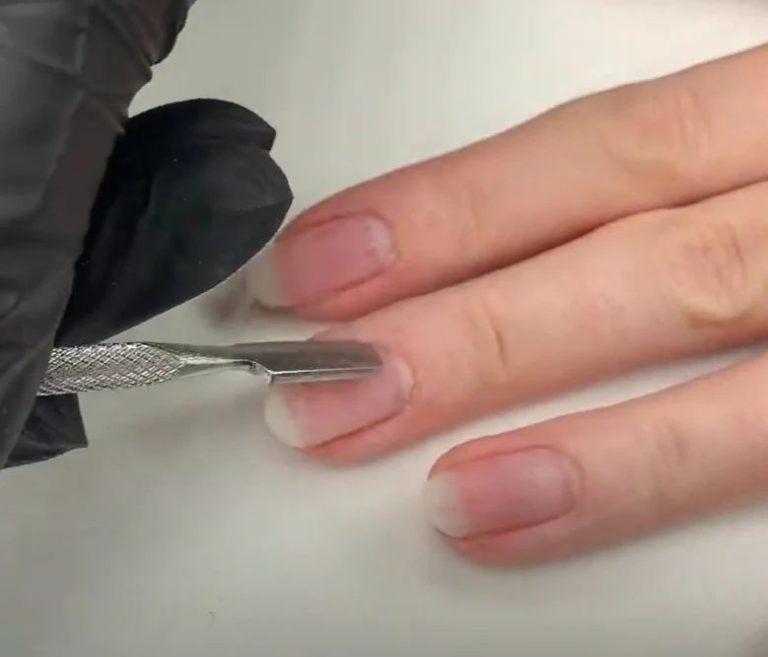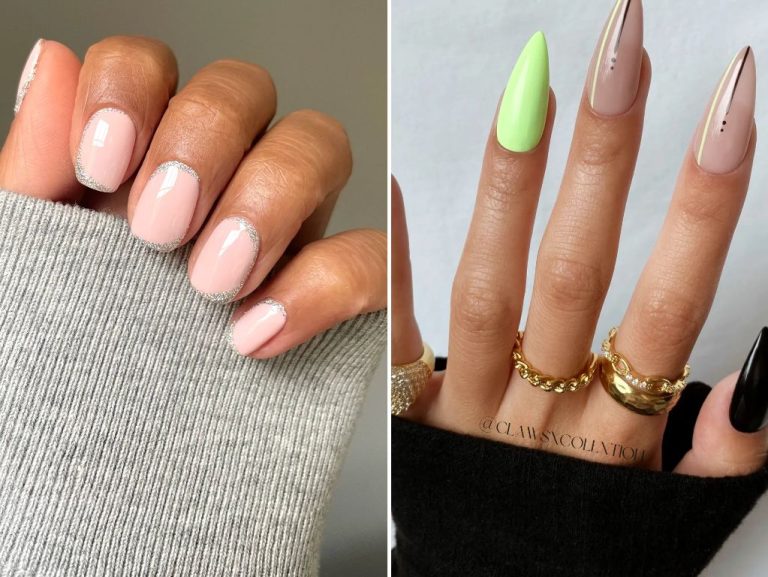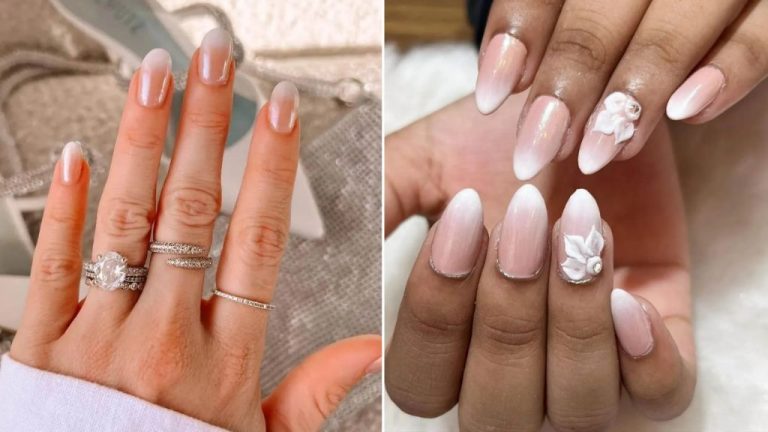Nail Shape Guide For Natural Nails: Embracing Your Natural Shape
Embracing your natural nail shape can be an empowering experience for many women. Our nail shape is largely determined by genetics, though lifestyle factors like diet and activity levels can also play a role. While trends come and go promoting certain nail shapes as more fashionable, the healthiest approach is to embrace your natural shape. This allows your nails to grow to their full potential without excessive shaping or filing. In this guide, we will explore the most common natural nail shapes and provide tips on caring for nails of all shapes to maximize their strength and beauty.
Square Nails
Square nails are characterized by their straight, 90-degree angles on the tip and sides. This shape creates the illusion of longer, wider nails since the edges are harsh versus a rounded shape. The severity of the right angles also exudes a bold, powerful aesthetic.
Some pros of square nails include appearing elongated, allowing more space for nail art, and providing a modern sleek look. However, the rigid edges can be prone to chipping and breaking more easily than rounded shapes. They also showcase any cuticle overgrowth or uneven application.
When styling square nails, focus on perfecting straight, crisp lines. Use nail guides if needed. File the edges completely straight across in a 90 degree angle, taking care not to round the corners. The sides should also be filed straight down. To finish, buff the nails to smooth any ridges.
According to The List, “The pros and cons of square fingernails. Close up of pink and gold square acrylic nails with gems on ring finger.”

Round Nails
Round nails are shaped with a rounded edge all around the tip of the nail. This classic and elegant nail shape has the tip rounding off to create a u-shape or slight curve at the tip [1]. Round nails exude a clean, simple, and feminine look.
Some pros of round nails are that they are versatile to style, the shape complements most nail lengths, and the rounded edge avoids scratching. However, some cons are they don’t allow for intricate nail art, the tips can break more easily without pointed reinforcement, and the broad look may make fingers appear shorter [2].
To style round nails, solid colors work beautifully to allow the shape to shine. French tips, nude tones, reds, pinks, and neutrals are classic options. Simple patterns like polka dots or stripes can add flair. Avoid busy designs that take away from the clean shape. Round nails pair well with sparkles, jewels, or pearls applied minimally as accents near the cuticles.
Almond Nails
Almond nails are shaped like an almond, with tapered sides and rounded edges. The length is oval while the tip is rounded, giving nails a softer look compared to square or squoval shapes. Almond-shaped nails complement most nail beds and elongate short nail beds. This versatile shape flatters most finger sizes.
Some pros of almond nails include:
- Accentuates the natural nail shape (http://nailsbystacyh.blogspot.com/2013/01/almond-shape-nails-review.html)
- Elongates short nail beds
- Versatile shape that complements most fingers
Some cons of almond nails are:
- Pointed tips can be prone to breakage
- Sharp corners may accentuate imperfections in nail growth
- Narrow tips limit nail art options
To style almond nails:
- Keep nails short to medium length to minimize breakage
- Round the tip slightly to soften the look
- Try neutral, sheer, or pink nail polish colors
- Add white tips or ombre fading for a modern look
Coffin Nails
Coffin nails, sometimes called ballerina nails, are an increasingly popular nail shape. This elongaged nail shape features straight sides with a flat or slightly rounded tip at the end, resembling the shape of a coffin.
The pros of coffin nails include:
- Elongates the fingers for a glamorous look
- Flat tip provides lots of room for nail art
- Angled sides give the illusion of longer nails without the risk of snagging
The cons of coffin nails include:
- Sharp corners may catch on things and break more easily
- Not ideal for those with already narrow nail beds
- Harder to evenly apply color on the straight edges
To style coffin nails: Opt for medium length extensions for balance and less risk of breakage. A French manicure or light colors like nudes, pinks and whites will elongate the nails. Dark colors on the tips contrasting with light colors at the cuticle create dimension. Embellish the flat space with nail art like rainbows, florals and abstract designs. Keep sides straight and avoid overly pointed tips for the quintessential coffin shape.
Citations:
https://clutchnails.com/blogs/news/what-are-coffin-nails
Oval Nails
Oval nails have a rounded, egg-like shape. The tip is rounded and the sides curve in slightly to create the oval appearance. Some key features of oval nails:
- Elongated yet rounded shape
- Curved nail edges
- Sleek, uniform look
Oval nails have several pros: They complement nearly all nail bed shapes, from short to long. The rounded edges give a clean finish. Oval nails also draw the eye down for the illusion of longer nails.
In terms of cons, the rounded edges don’t allow for sharp nail art or designs. Oval nails may not suit those desiring an edgy or pointed look.
To style oval nails:
- Play up the smooth, sleek surface with glossy solid colors or subtle gradients
- Add length by pairing oval tips with longer extensions
- Try understated white or nude polish to complement the natural oval shape
- Go for classic French manicure with rounded tips
Overall, oval nails offer a versatile, classic shape suitable for most nail lengths and types.
Stiletto Nails
Stiletto nails are long, narrow nails that taper to a very sharp point. They are dramatic and edgy, resembling the stiletto blade they are named after. The nail shape creates an elongated, slender look for fingers.
Some pros of stiletto nails include:
- Very eye-catching and stylish
- Make fingers appear longer and slimmer
- Allow for intricate nail art designs
Some cons of stiletto nails include:
- Prone to breaking and cracking due to their length
- Difficult to perform everyday tasks like typing or opening jars
- Can damage clothing and fabrics
- Require more maintenance due to their sharp points
Tips for styling stiletto nails:
- Keep nails filed into a uniform point to maintain the shape
- Use a glass nail file to gently smooth edges
- Apply cuticle oil daily to condition the nail bed
- Opt for gel or acrylic extensions for added strength and structure
- Go for bold, graphic designs that complement the dramatic shape
Overall, stiletto nails make a daring fashion statement but require care and upkeep. With practice, their edgy style can be perfected.
Choosing Nail Shapes
When picking a nail shape, there are a few factors to consider [1]:
- Your nail bed length – longer nail beds can support longer nail lengths and more dramatic shapes like stilettos or coffins.
- Your lifestyle – active lifestyles may suit shorter, more reinforced shapes like squares.
- Your personal style – certain shapes like almonds or squoval suit casual everyday wear while stilettos make more of a statement.
- The shape of your fingers and hands – delicate hands look better with soft curves like oval or round shapes. Wider nail beds can handle edgier shapes like squares or coffins.
It’s important to pick a nail shape that flatters your natural nail bed [2]. For example, long coffin or ballerina shapes only work if you have long nail beds to support the extension. Shorter nail beds are better suited for round or square shapes. Consulting with your manicurist can help determine the most flattering options.
Caring for Natural Nails
Properly caring for your natural nails is key to having strong, healthy nails that can grow long and look beautiful. Here are some tips for nail care and strengthening:
Moisturize nails daily with a natural oil like vitamin E or jojoba. The oil helps condition nails and cuticles to prevent cracking and splitting (source). Massage a few drops into each nail and cuticle.
Use a strengthening base coat under nail polish to help nails grow stronger. Look for base coats formulated with nourishing ingredients like calcium, biotin, or bamboo (source).
Avoid excessive water exposure by wearing gloves for household chores and limiting time in the shower. Water can cause nails to become dry and brittle (source).
Trim and file nails regularly to keep the edges smooth. Use a glass file if possible, as metal files can damage nails. File in one direction to prevent weakening nails.
Eat a nutritious diet high in vitamins and minerals like calcium, zinc, and silica to promote strong nail growth.
Let nails “breathe” by going polish-free every few weeks. This allows moisture to penetrate the nails.
Conclusion
In summary, there are many different natural nail shapes to consider, including square, round, almond, coffin, oval, and stiletto. The shape that is best for you depends on factors like your lifestyle, nail strength, hand size and shape. Embracing your natural nail shape is an important part of nail care and allows you to showcase your beautiful, healthy nails.
Caring for your natural nails properly through methods like moisturizing, filing, trimming, and applying nail treatments will help keep them strong and beautiful no matter what shape they are. Finding a shape that complements your hands and nails while avoiding excessive pressure on the nails is key.
At the end of the day, natural and healthy nails are always in style. Loving your natural nail shape and learning to care for your nails will help you achieve beautiful, eye-catching nails.



